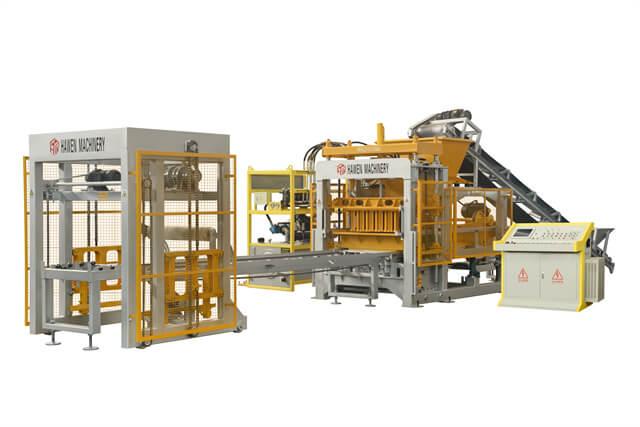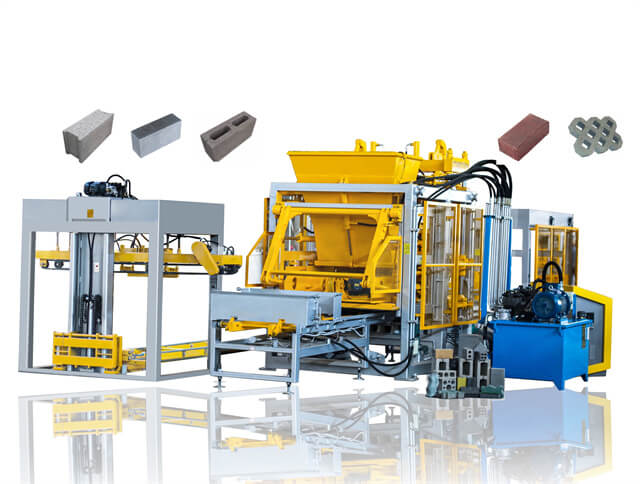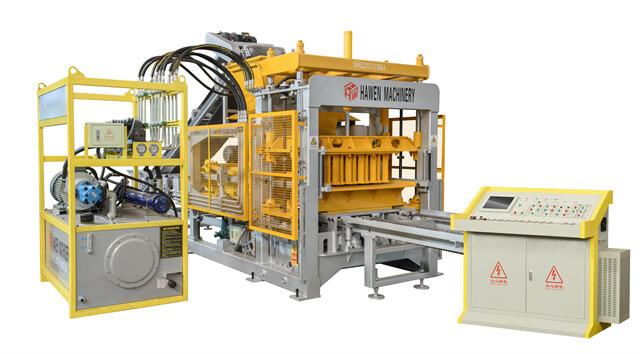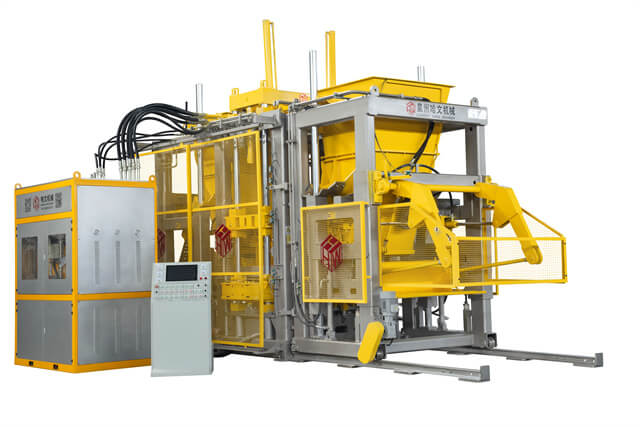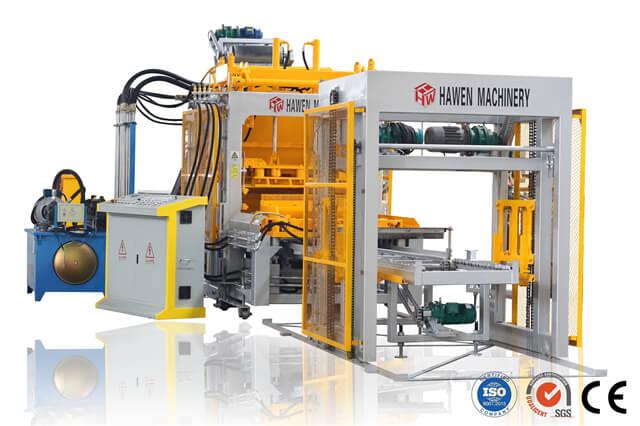Author:HAWEN Block MachineFROM:Brick Production Machine Manufacturer TIME:2024-08-20
As the construction industry continues to grow, so does the amount of construction and demolition waste (CDW) generated. This waste, which includes materials such as concrete, brick, and asphalt, poses a significant environmental challenge. However, innovative technologies are emerging to address this issue. One such technology is the block brick making machine, which has the potential to use CDW as a raw material for producing new blocks and bricks. This article explores how these machines work, their benefits, and the feasibility of using CDW in brick production.
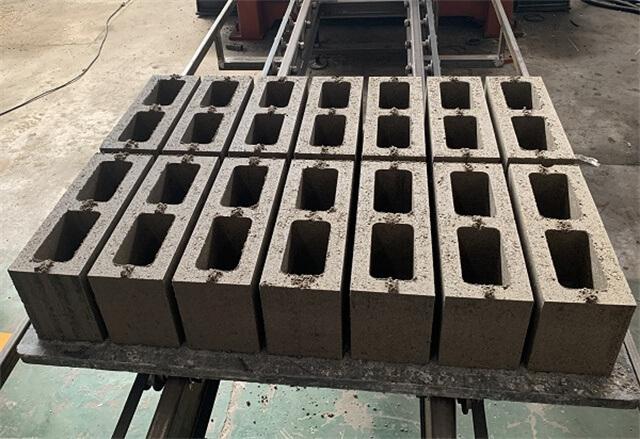
Block brick making machines are designed to produce building materials such as concrete blocks and bricks from raw materials. These machines typically use a combination of cement, sand, gravel, and water to form the desired products. The process involves mixing these ingredients, molding them into shape, and curing them to achieve the required strength and durability.
Modern block brick making machines come with various features, including automatic or semi-automatic operations, customizable mold sizes, and advanced curing techniques. These features enhance production efficiency and ensure high-quality outputs. The ability to adapt to different raw materials, including recycled materials, is a key advantage of these machines.
.jpg)
Construction and demolition waste consists of various materials, such as concrete, bricks, tiles, and metals. Traditionally, these materials have been disposed of in landfills, contributing to environmental pollution. However, recent advances in recycling technology have enabled the conversion of CDW into reusable raw materials for block and brick production.
Block brick making machines can incorporate crushed CDW materials as aggregates in the production process. This typically involves crushing the waste into smaller particles and screening them to remove impurities. The processed CDW can then be mixed with other ingredients, such as cement and sand, to create new blocks and bricks.
Using CDW in brick production offers several benefits. First, it helps reduce the environmental impact of waste disposal. By recycling CDW, the volume of waste sent to landfills is decreased, mitigating soil and water contamination.
Second, incorporating recycled materials can lead to cost savings in the production process. Recycled aggregates are often less expensive than virgin materials, which can lower the overall cost of production. This cost efficiency can make construction projects more affordable, especially in regions where raw materials are scarce or expensive.
Third, bricks and blocks made from CDW can have comparable or even superior properties compared to those made from traditional materials. For example, recycled concrete aggregates can enhance the thermal and acoustic insulation properties of the final product. This can contribute to more energy-efficient and comfortable buildings.
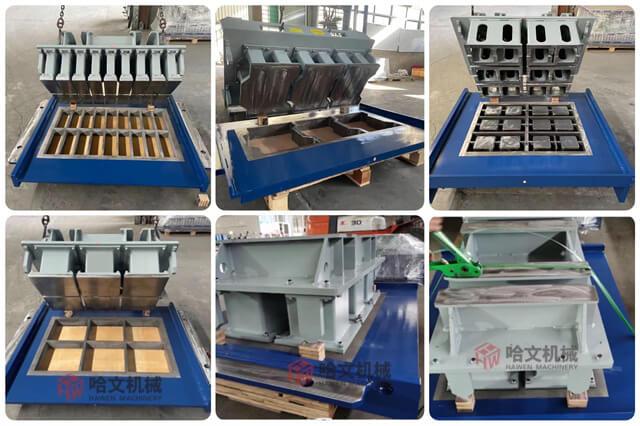
Despite the advantages, there are challenges associated with using CDW in brick production. One major challenge is the variability in the quality and composition of CDW. Different sources of waste may contain varying amounts of contaminants, such as metals, plastics, or hazardous substances, which can affect the quality of the final product.
To address this, strict quality control measures must be implemented. This includes thorough sorting and cleaning of CDW before it is used in the production process. Additionally, testing the properties of the recycled materials and the final products is essential to ensure they meet industry standards and regulations.
Another consideration is the potential need for specialized equipment. Some block brick making machines may require modifications or additional features to handle recycled materials effectively. Investing in such equipment can be a significant upfront cost, but it may be offset by the long-term benefits of recycling and cost savings.
The use of construction and demolition waste in block and brick production is an evolving field with promising potential. As technology advances and recycling processes become more refined, the integration of CDW into building material production is expected to increase. This shift aligns with the global movement towards sustainable construction practices and resource efficiency.
Future developments may include improved sorting and processing technologies, which will enhance the quality of recycled materials and expand their applications. Additionally, increased awareness and regulatory support for recycling practices can drive further innovation and adoption of CDW in construction.
Incorporating construction and demolition waste into block and brick production offers a viable solution to reduce environmental impact and improve resource efficiency in the construction industry. While there are challenges to overcome, the benefits of using recycled materials are substantial, including reduced waste, cost savings, and enhanced product properties. As technology advances and recycling practices improve, the use of CDW in brick making is likely to become more prevalent, contributing to a more sustainable future for construction.
